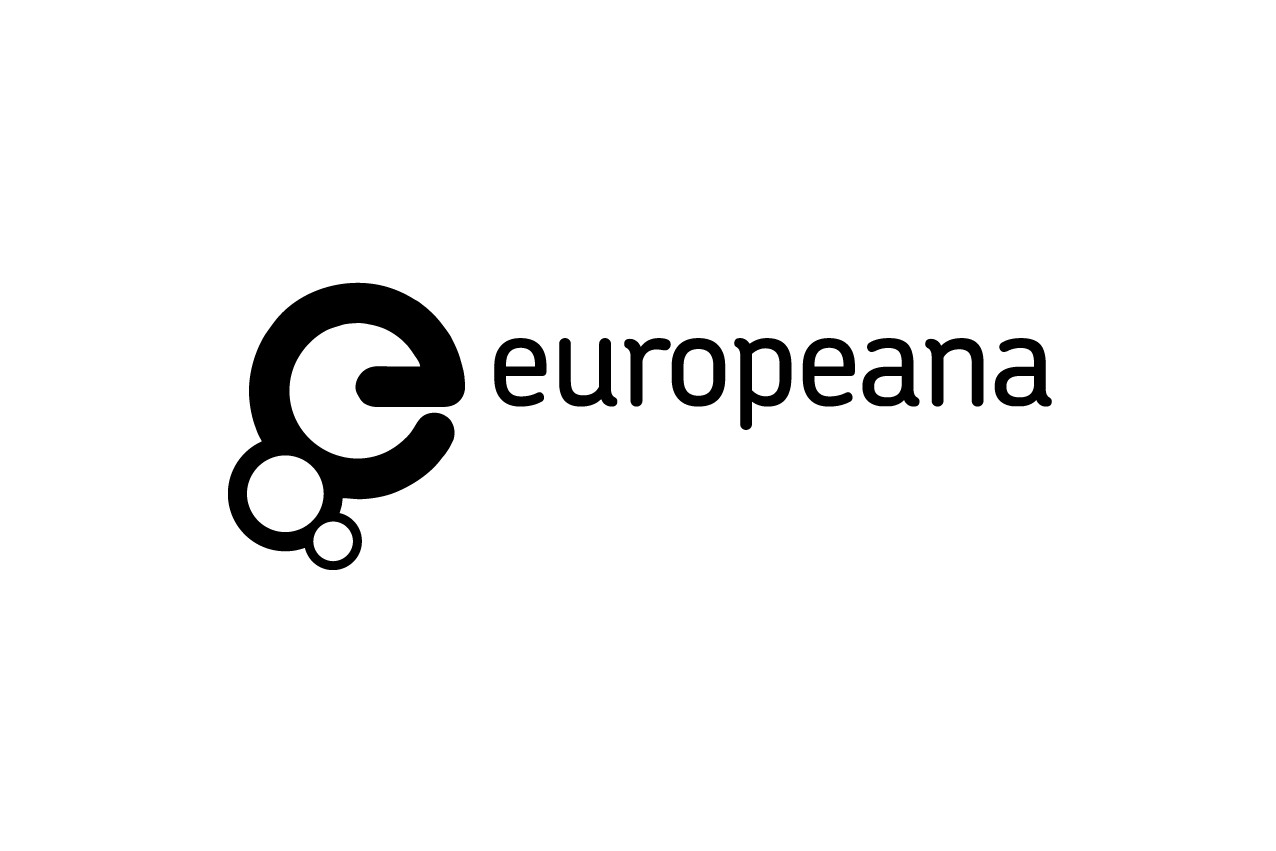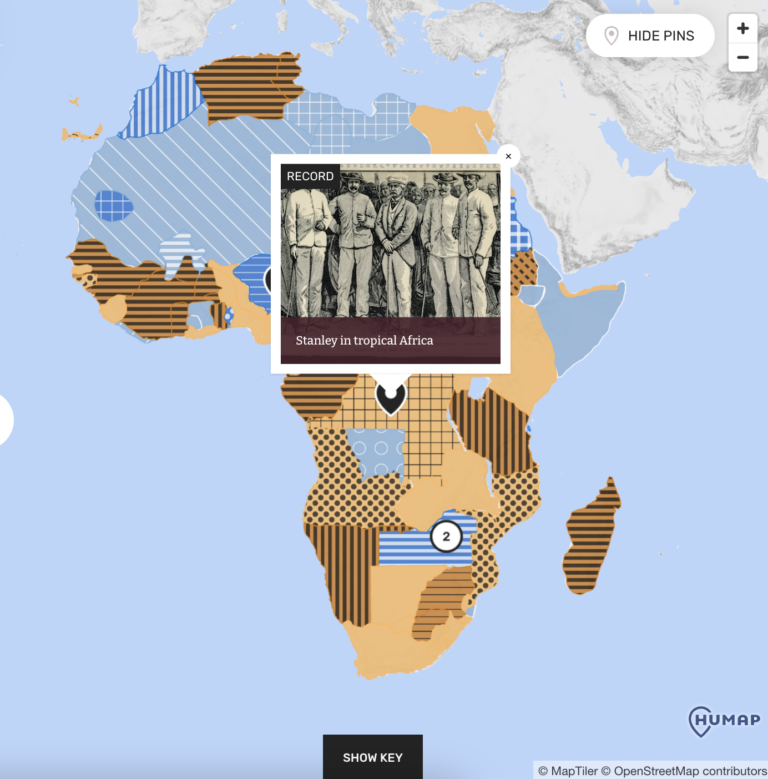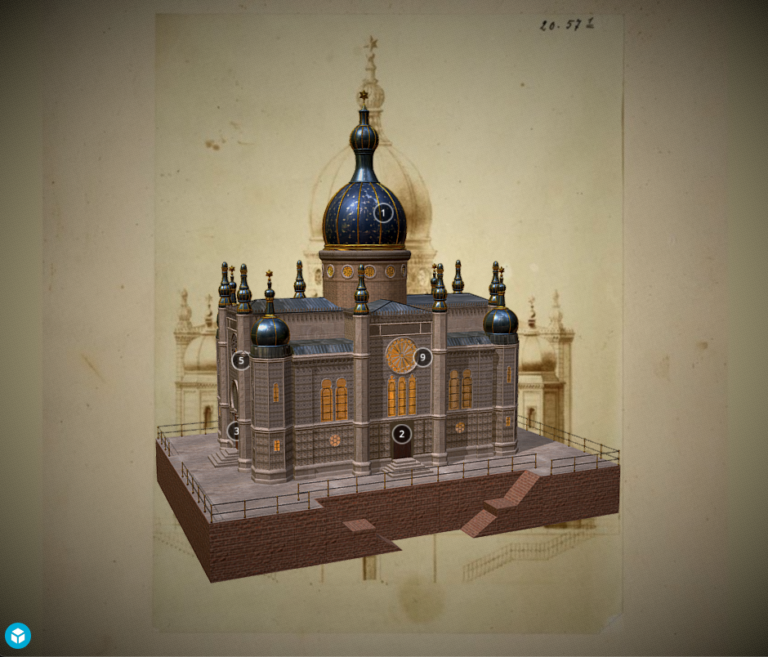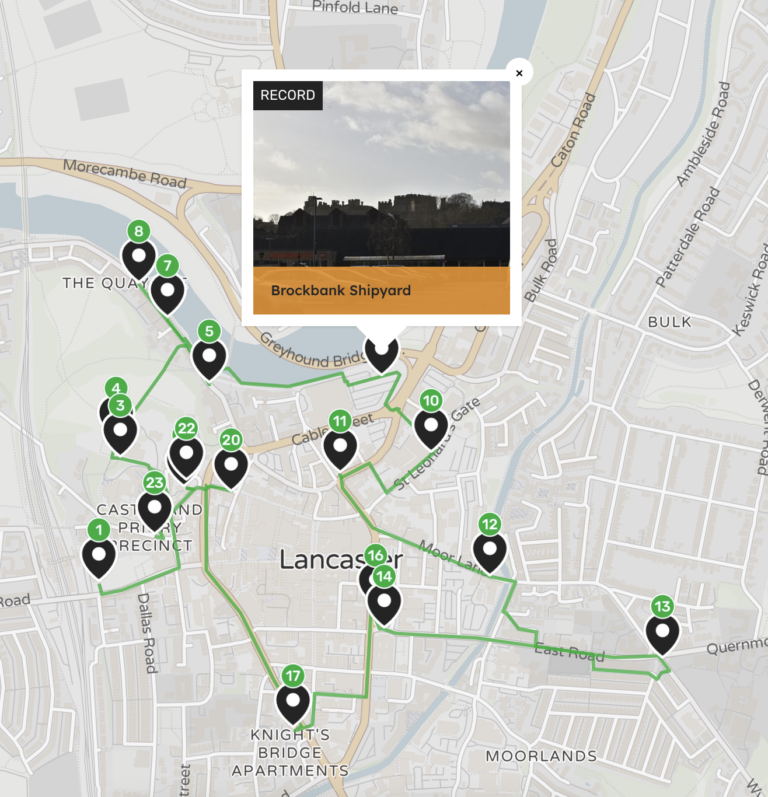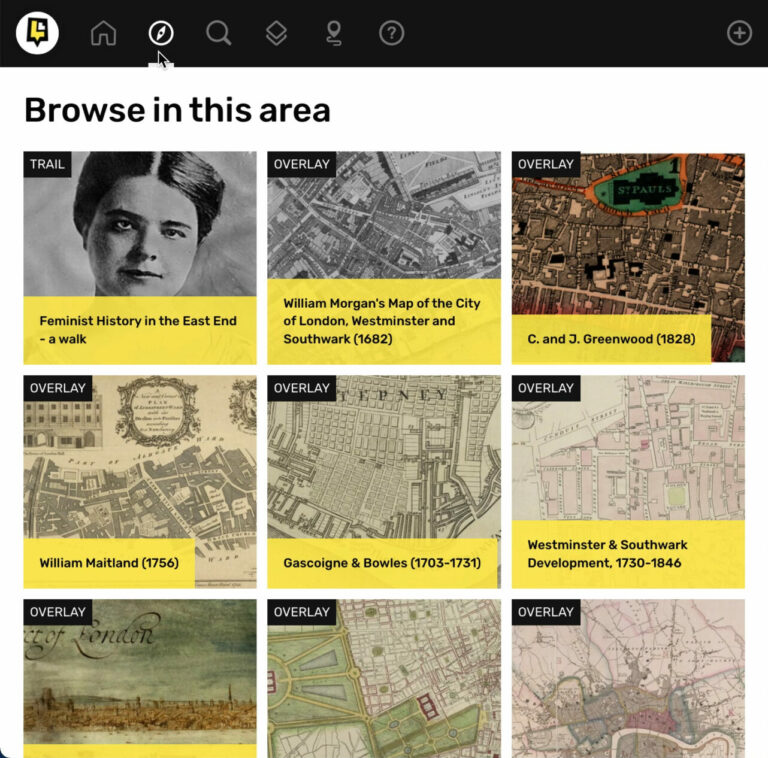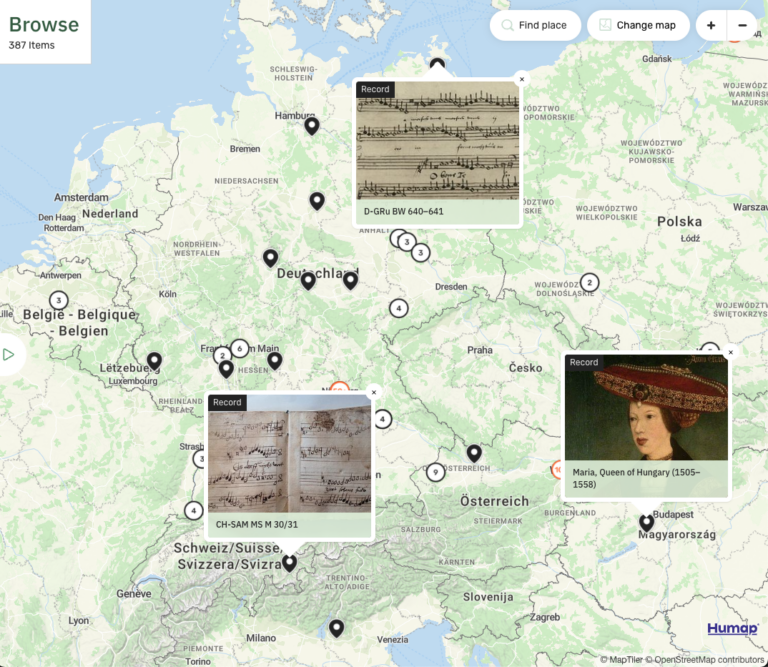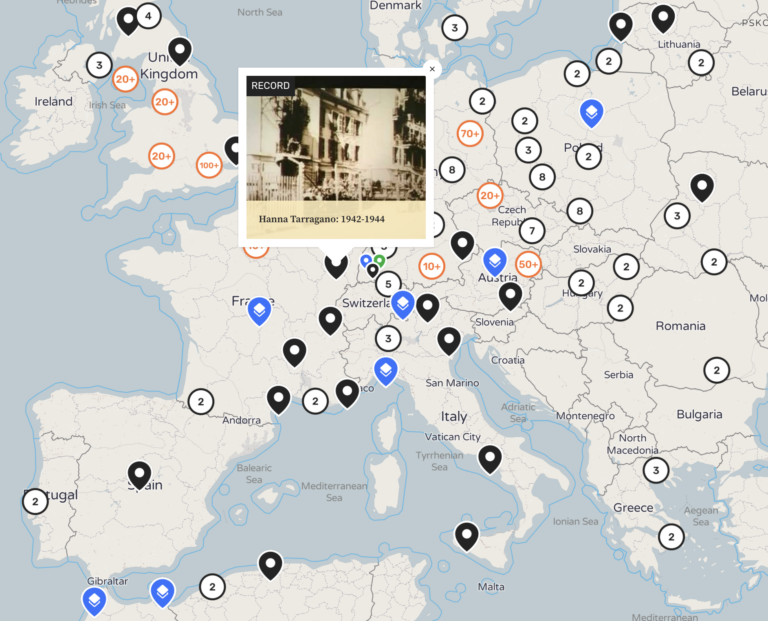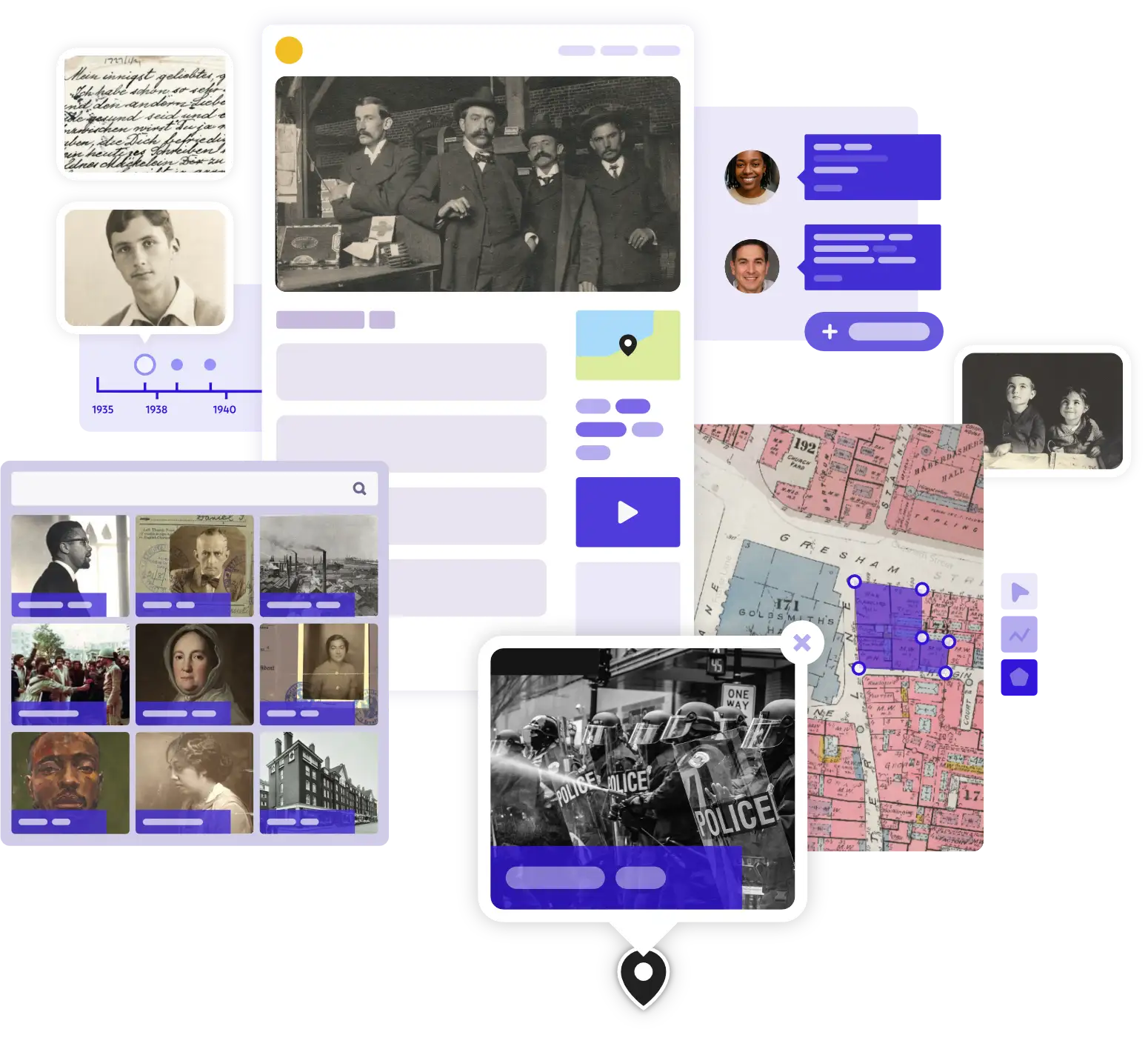

Start mapping in minutes

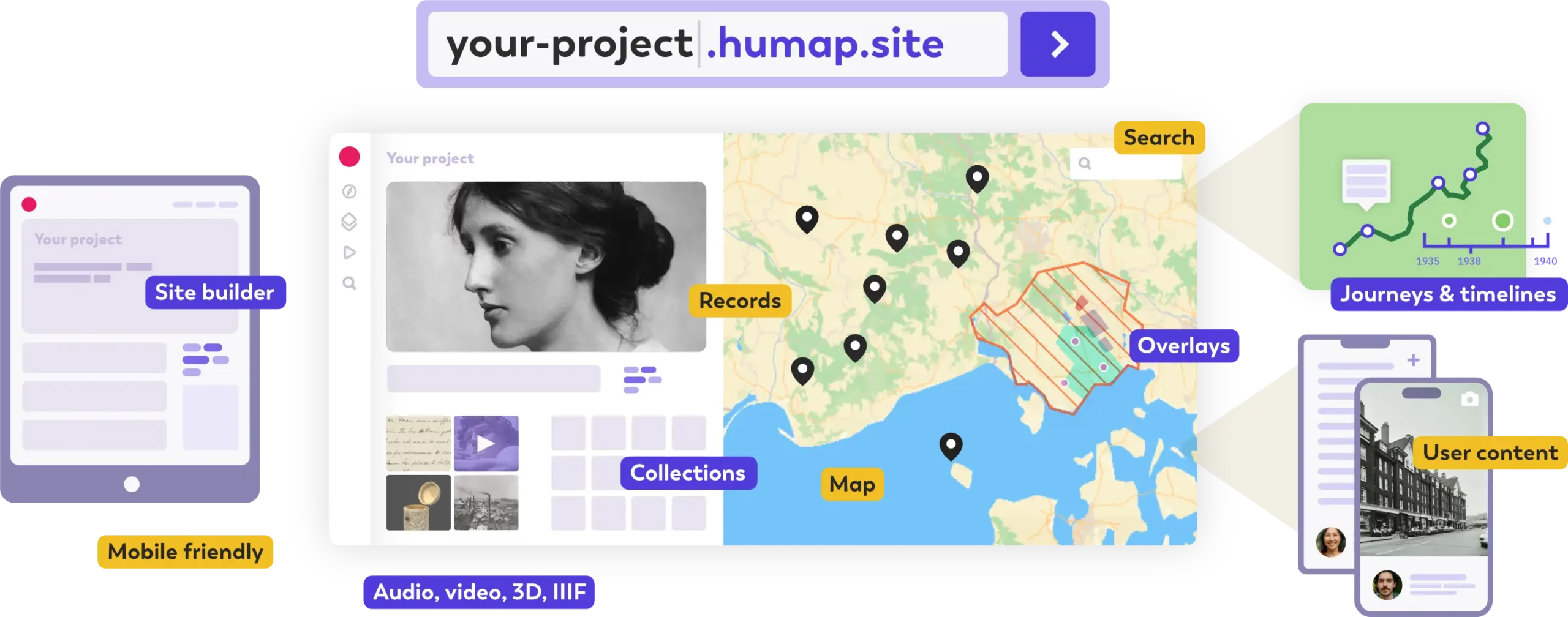 More features
More features
Built for community, research, classroom, and archive projects


Start building right away
Start creating in our intuitive content management system, or import thousands of records in seconds with our simple upload tool.
Map, publish, share
Bring your project to life with interactive maps and a purpose-built website, all in one platform.
Crowdsourcing and group projects made simple
Whether you're working with a local group or a global network, invite contributions and keep your project growing.
Humap in action
More projects
Stories designed to be shared
Browse story maps created by universities, museums and local communities.
Make mapping truly participatory
Empower your community to tell their story
With Humap’s Contribute System, anyone can get mapping in minutes — no GIS skills or training needed.
It’s built for classrooms, communities and collaborative research at any scale.
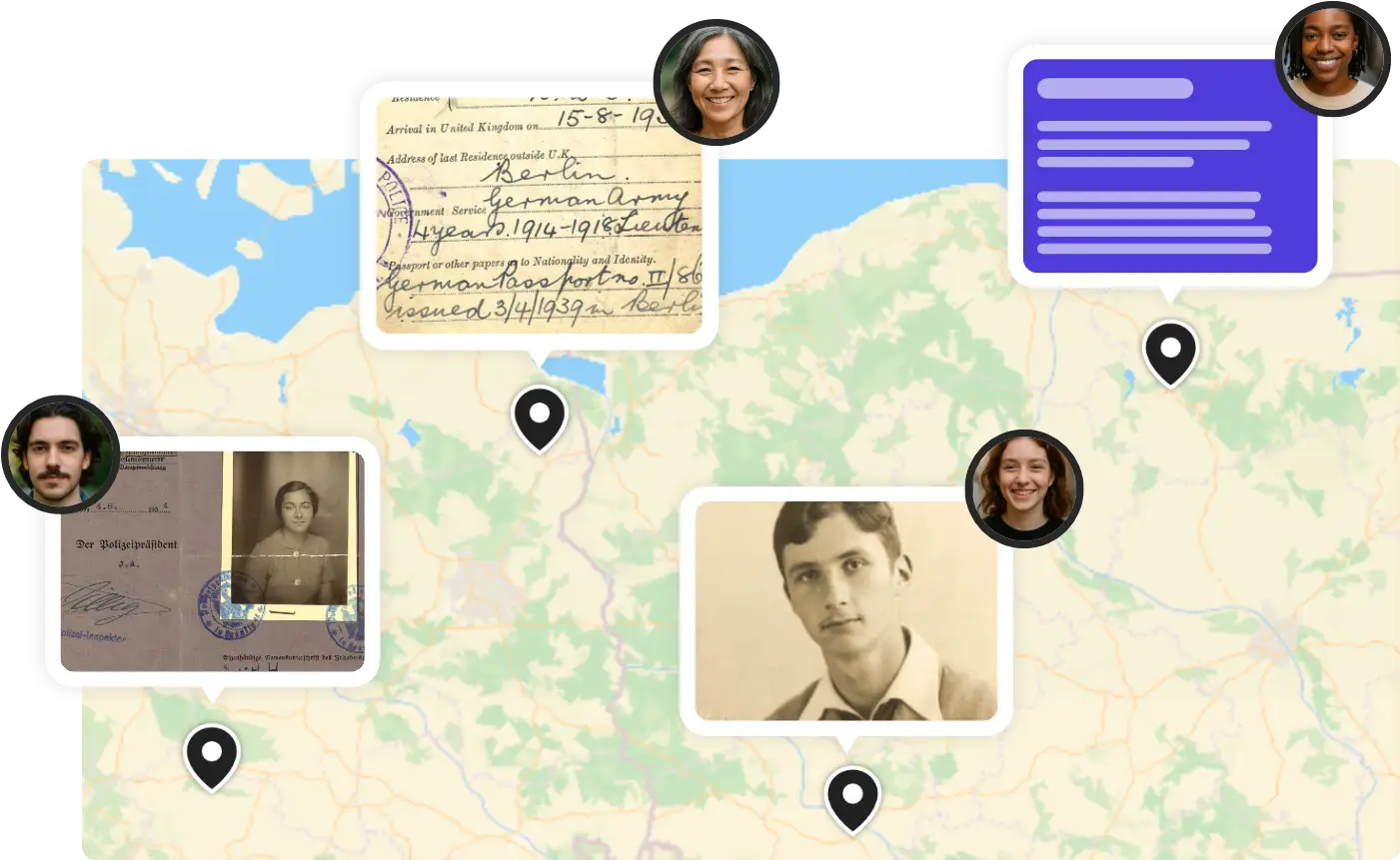
For your team
Share the workload and invite your colleagues and staff to collaborate and administer your project.
For your community
Invite community groups and their members to get involved in the creation of your project, empowering them to take ownership of their own archives and materials.
For everyone
Allow the public to contribute to your map project and use a suite of moderation tools to control content.
Use cases
For small organisations and community-led projects
A standalone map project with all the features you need
Create a full-featured interactive map with your chosen features.
Perfect for community, cultural or research projects.
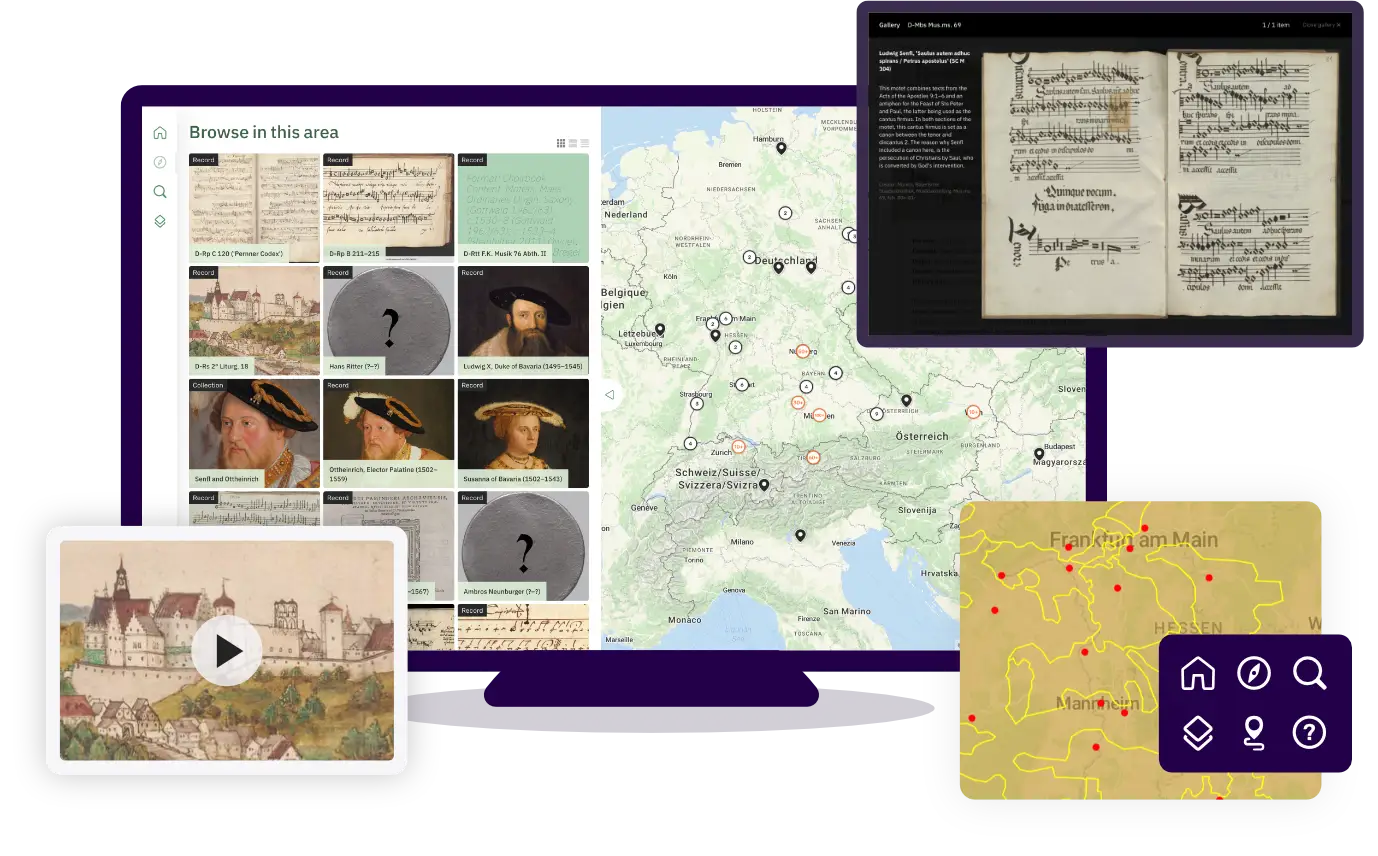
Huge suite of features to choose from
Walking Trails, Journeys, Timelines, and more – choose the features which work best for your project
Include us in your grant-writing process from the start
Speak to Humap early and we can assist you in writing Humap into your project grant bid
For the Global South and those fighting a good cause
Operating in the Global South, or a non-profit trying to make the world a kinder place? Contact us to discuss a discount
For institutions
Unlimited projects for your students and researchers
Subscribe at the institutional level to unlock unlimited maps, user accounts and features.
Support academic research, classroom teaching, special collections, and civic engagement — all under one licence.
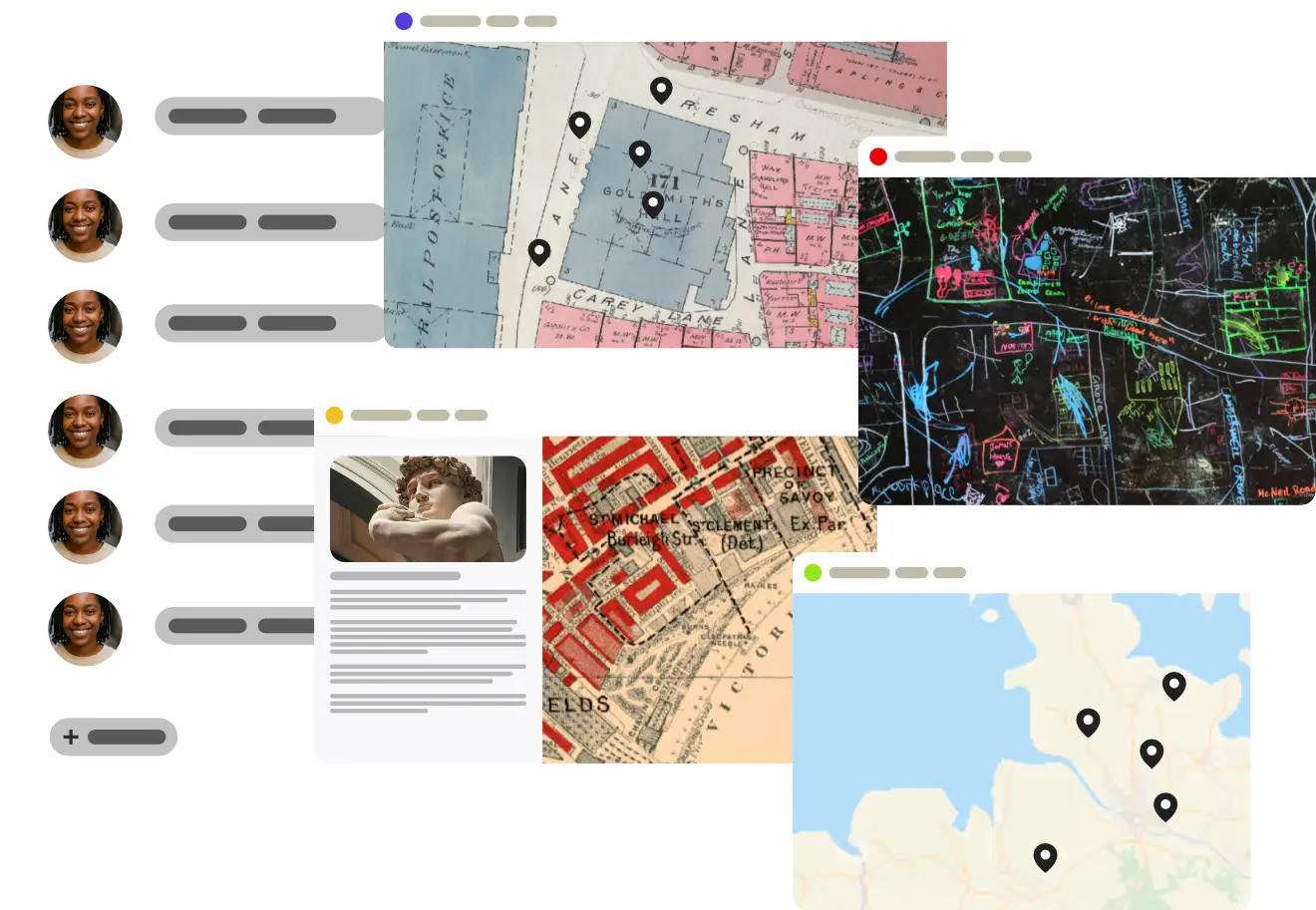
Institutional licenses
Flexible, scalable, and built for long-term impact
. Give your whole institution access to Humap's full suite of tools.
Manage users & SSO
Control and manage user access permissions through our simple subscriptions platform.
Legacy mode
Give your educational projects a life online after the funding has run out.









